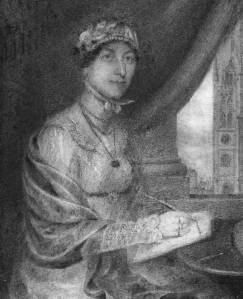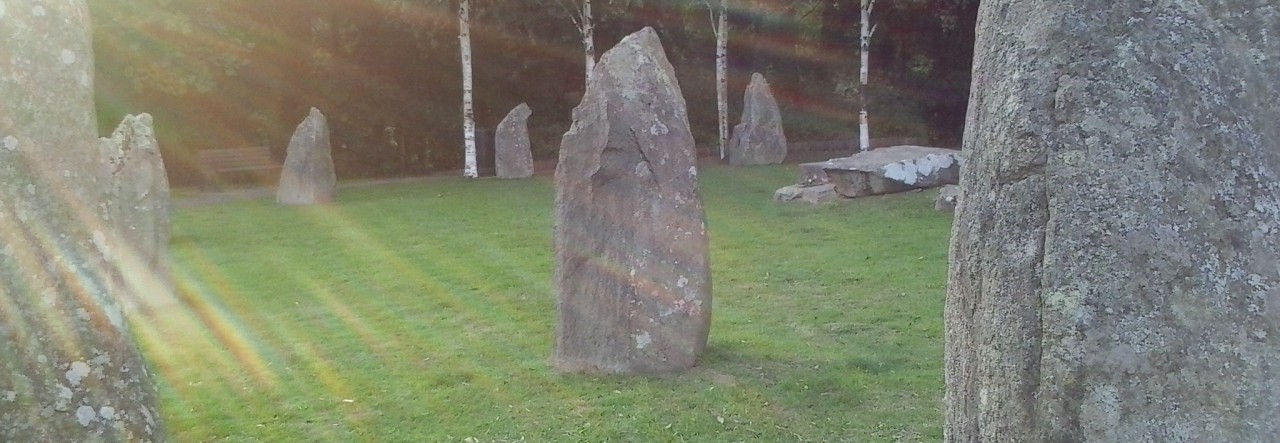
‘My Dear Cassandra’:
Illustrated Letters of Jane Austen edited by Penelope Hughes-Hallett.
Collins & Brown, 1991 (1990).
The late Penelope Hughes-Hallett (she died in 2010) had the great fortune to be brought up in Steventon in Hampshire, Jane Austen’s birthplace and where the future novelist herself lived between 1775 and 1801, so it’s not a surprise that she maintained a lifelong interest in the Regency author.
In ‘My Dear Cassandra’ she makes a selection from the letters Jane wrote to her older sister, introducing key periods in Jane’s life (changing residences in Steventon, Bath, Southampton, Chawton and Winchester) and supplying a linking commentary.
Hughes-Hallett clearly knew her stuff, highlighted by the way she elucidates obscure references in the letters and cross-references the numerous personages with whom Jane was acquainted.

A special feature of this selection, and one that I particularly appreciated, is the generous inclusion of contemporary illustrations on every page. Here are silhouettes of Jane and Cassandra, portraits of family members, facsimiles of her writing, watercolours of country and town scenes she would have known, maps and plans of the towns and villages she lived in, and prints showing aspects of social life such as travel, dancing and entertaining. We observe genteel individuals tiptoeing through muddy lanes or choosing items in a bookshop, we note working people such as butchers or postmen going about their work and we see likenesses of famous individuals like the actor Edmund Kean or the Prince Regent, to whom Jane reluctantly dedicated Emma. Philippa Lewis’ picture research makes this selection a joy to peruse.
The letters themselves cover the whole gamut of Jane’s emotions, as she felt able to share with her sister. She comments mischievously on her mother’s secret plans to engage two maids in their new Bath household (“my father is the only one not in the secret”) along with “a steady cook, and a young giddy house-maid, with a sedate, middle-aged man, who is to undertake the double office of husband to the former and sweetheart to the latter.” She delights in the opportunities to enjoy prolonged visits from her brothers and her nieces, especially Fanny Knight (whom she calls “the delight of my life”).
Most touching of all is the mention — in one of her last letters, to an unnamed correspondent — of Cassandra herself, whom she characterises as “my tender, watchful, indefatigable nurse” and whom she worries may become ill from her constant solicitations. Two months later the distraught Cassandra is writing to Fanny that she has
“lost a treasure, such a sister, such a friend as never can have been surpassed. She was the sun of my life, the gilder of every pleasure, the soother of every sorrow; I had not a thought concealed from her, and it is as if I had lost a part of myself.”

As we approach the bicentenary of Jane’s death next year [2017], when Austen-fever will no doubt reach new heights, I wonder if the publishers will see fit to re-issue this in a new edition so that more of us can come to appreciate Jane’s written legacy, in her correspondence as well as in her fiction. These letters really open the door on the essence of the woman, written as they were with no thought of publication. They may help us to rejoice in the published works that survive, even if her life was too cruelly cut short.

Ooh, this sounds like something right up my alley! Thank you for talking about it, Chris!
LikeLiked by 1 person
You’re very welcome, Juhi! There are of course editions where all Jane’s correspondence is collected, but those’ll be for academics, I guess, or completists!
LikeLike
Just this morning, I heard an interview with Curtis Sittenfeld, author of ‘Eligible’, a modern version of P&P set in Cincinnatti (!). You might be able to hear the interview here: http://www.npr.org/2016/04/17/474402056/what-if-pride-and-prejudice-was-set-in-cincinnati
Obviously, Austen-mania is alive and well, so perhaps there’s hope for a reprint of ‘My Dear Cassandra’. If only Jane’s sister hadn’t been so thorough in burning many of Jane’s letters and other documents. If time travel were possible, I’d go back just long enough to read what Cassandra destroyed.
LikeLiked by 1 person
If only, if only! Thank goodness enough survived, though I wonder what motivated her to destroy the missing ones — personal details, scandal, humdrum stuff like accounts, stuff that showed Jane in a bad light?
Thanks for the link: I’ll listen a bit later on!
LikeLiked by 1 person